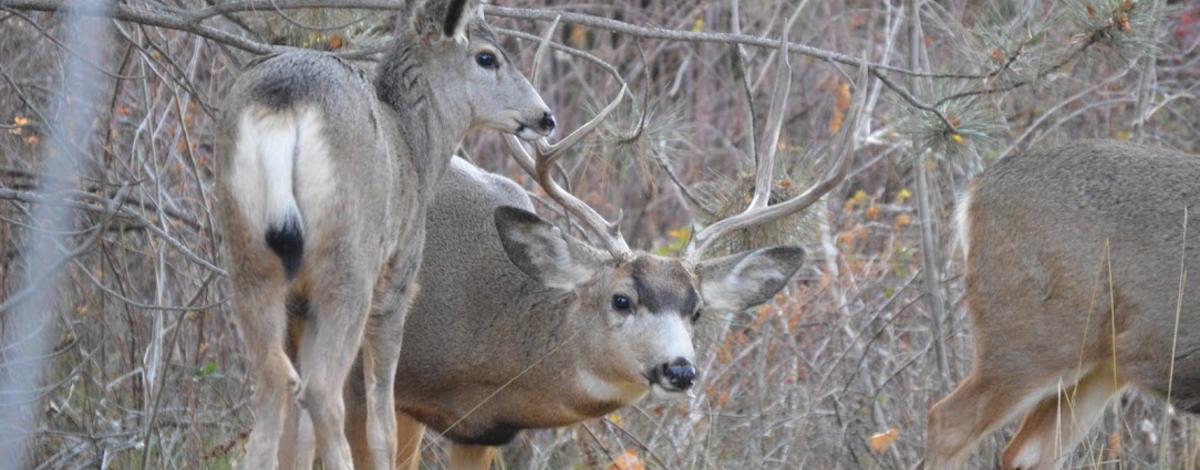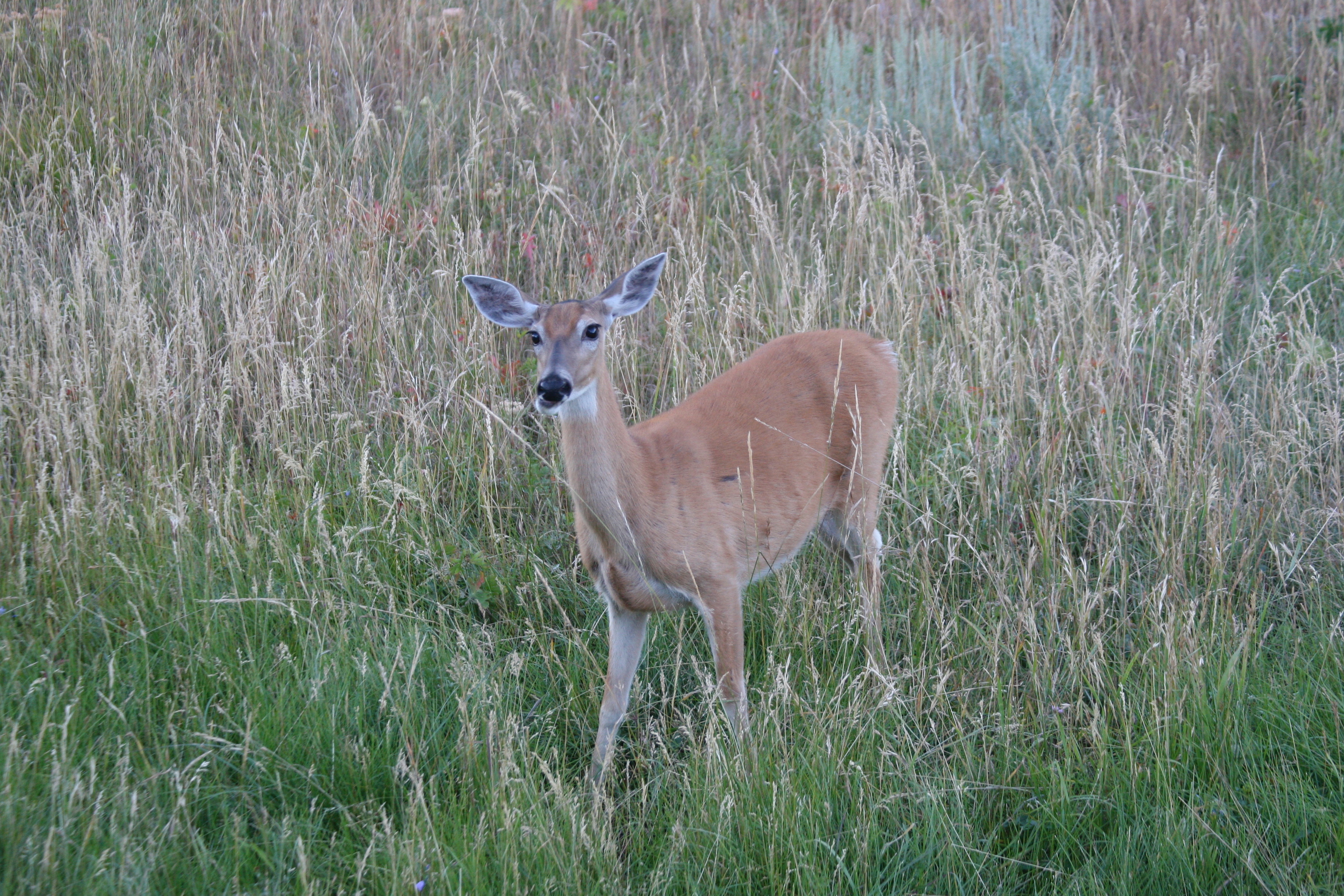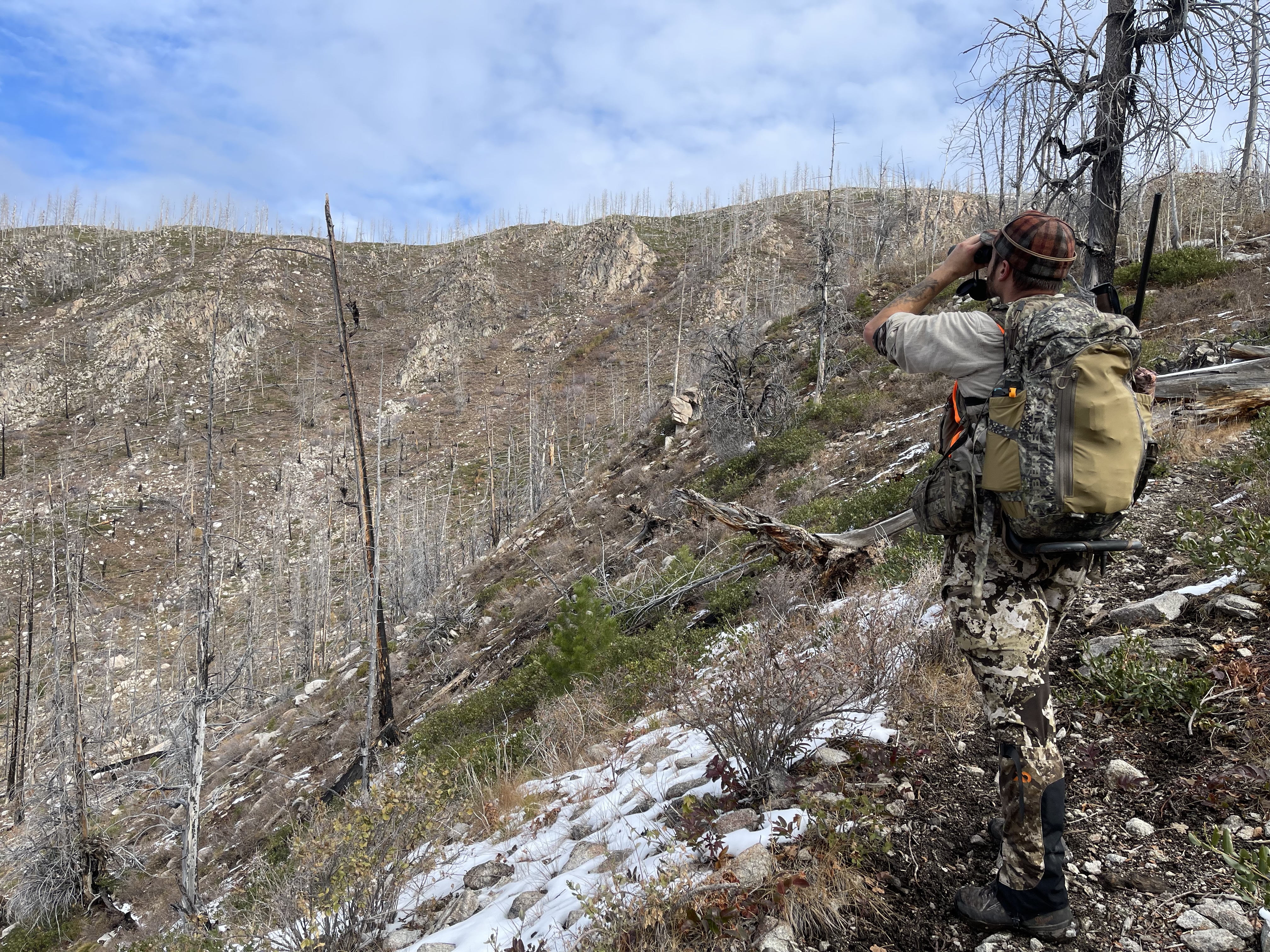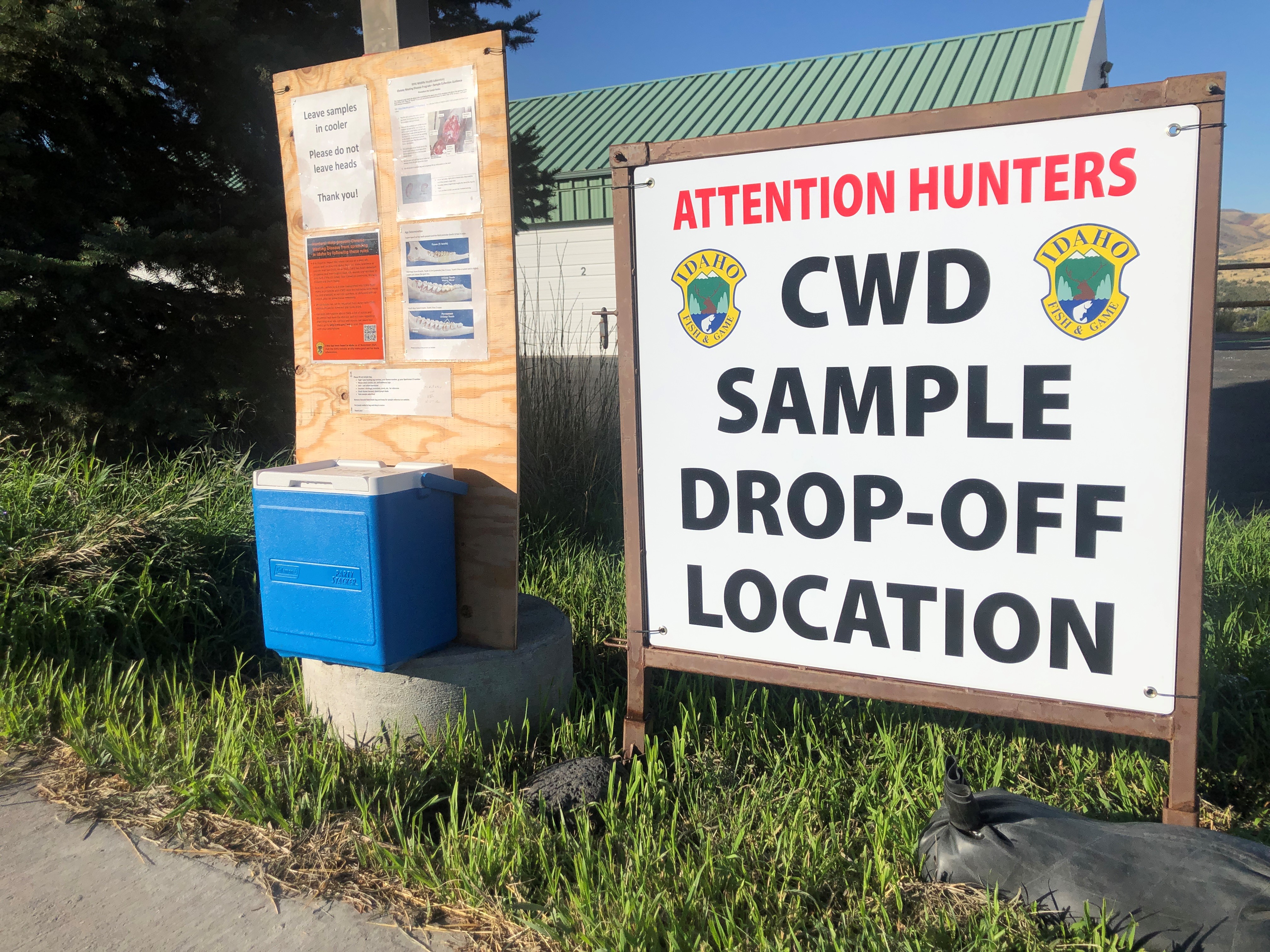As hunting season gets underway, Idaho Fish and Game is raising awareness about chronic wasting disease (CWD); an infectious, incurable, and fatal disease that affects deer, elk, and moose that was first detected in Idaho in 2021.
Gov. Brad Little has proclaimed Sept. 11-18, 2023, as Chronic Wasting Disease Awareness Week to encourage hunters to provide samples for testing and know the specific rules that are in place to minimize the spread of CWD in Idaho.
“There is no cure or vaccine for CWD. All deer, elk, and moose that get the disease will die and several states have seen population declines in areas where limited or no action was taken to manage disease spread,” says Fish and Game Wildlife Bureau Chief Shane Roberts. “It is important hunters know how this disease may affect herds and how they can help minimize and manage its spread.”





